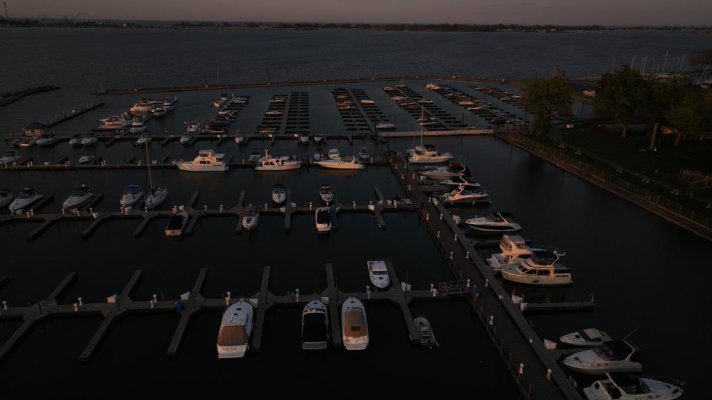HeadedToTexas
Guru
The deck hardware on our Mariner 37 is rock solid and very high quality, but we have only one cleat available for which friends and dock hands can secure lines. The hawse pipe cleats are great, but securing a line to the from the dock is difficult for most everyone (including me).
Our slip is a port tie and we often have marina friends help with arrivals and the initial tie. Throwing the bow line is clear, but I lack a simple and clear request for securing lines to the midship and stern hawse pipe cleats.
Adding stern cleats to the gunwale near the transom is pretty straightforward as there is access (albeit tight) from the lazarette to install the necessary backing plates, but where and how would mount a clear amidships for spring lines?
Our slip is a port tie and we often have marina friends help with arrivals and the initial tie. Throwing the bow line is clear, but I lack a simple and clear request for securing lines to the midship and stern hawse pipe cleats.
Adding stern cleats to the gunwale near the transom is pretty straightforward as there is access (albeit tight) from the lazarette to install the necessary backing plates, but where and how would mount a clear amidships for spring lines?




